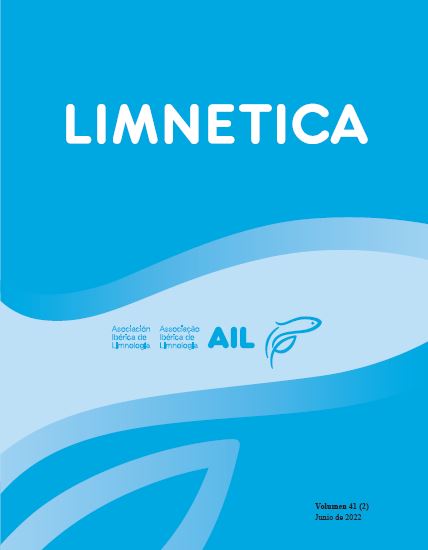Ecological impact of recreational bathing at Las Presillas (Lozoya River, Sierra de Guadarrama National Park, central Spain)
Laburpena
The ecological impacts of recreational uses on the rivers of Sierra de Guadarrama National Park (SGNP) have been scarcely studied. To assess the impacts of these uses at Las Presillas (an area with small dam along a section of the Lozoya River), and in the Lozoya River (upstream and downstream of the dams), the dynamics of the organic seston (FPOM), physicochemical variables (electric conductivity, dissolved oxygen, Temperature, and pH) and biological variables (fecal coliforms, fecal streptococci, and aquatic macroinvertebrates) during the recreational (July to September) and nonrecreational (October) periods were assessed. The variations observed in the physicochemical parameters were associated with autumnal influence. However, at Las Presillas, different values were found than at the rest of the surveyed sites, characterized by an increase in the concentration of FPOM and, human fecal contamination (although they did not reach dangerous levels) and the response of the macroinvertebrate communities, which resulted in a clear decrease in the IBMWP index and other quality metrics, during the recreational period. These findings suggest that the combined effects of the dams and recreational activities at Las Presillas generate functional dynamics in that alter the habitat in summer. The identification and study of these impacts through the application of innovative indices and quality classes that integrate and contextualize Las Presillas in the SGNP monitoring network, have been identified as key management and conservation tools.
##submission.downloads##
Argitaratuta
Zenbakia
Atala
##submission.license##
Los autores que publican en esta revista están de acuerdo con los siguientes términos:
- Limnetica está bajo una licencia de Creative Commons Atribución-NoComercial 4.0 Internacional.
b. Los autores pueden establecer por separado acuerdos adicionales para la distribución no exclusiva de la versión de la obra publicada en la revista (por ejemplo, situarlo en un repositorio institucional o publicarlo en un libro), con un reconocimiento de su publicación inicial en esta revista.
c. Se permite y se anima a los autores a difundir sus trabajos electrónicamente (por ejemplo, en repositorios institucionales o en su propio sitio web) antes y durante el proceso de envío, ya que puede dar lugar a intercambios productivos, así como a una citación más temprana y mayor de los trabajos publicados (Véase The Effect of Open Access) (en inglés).


